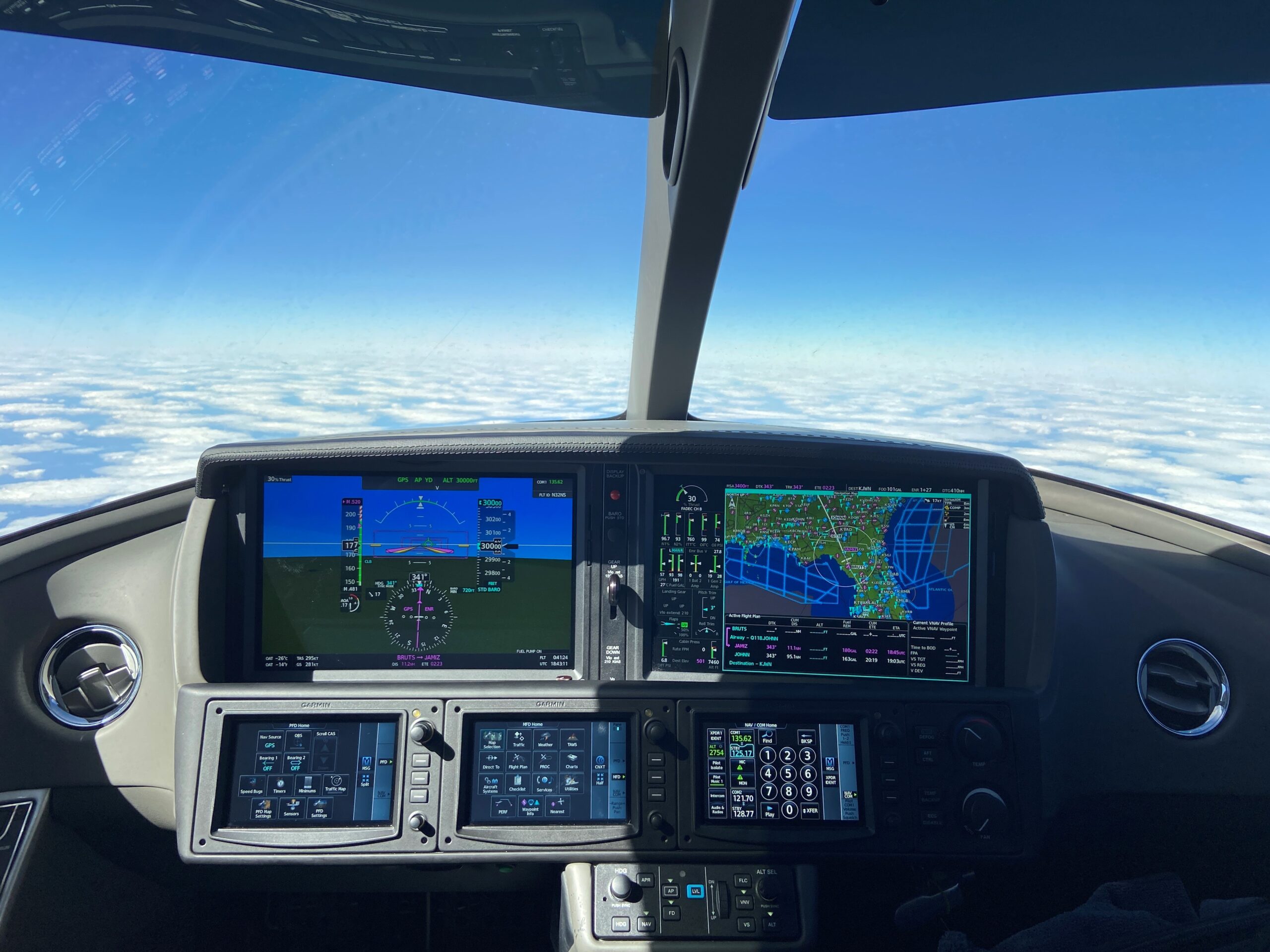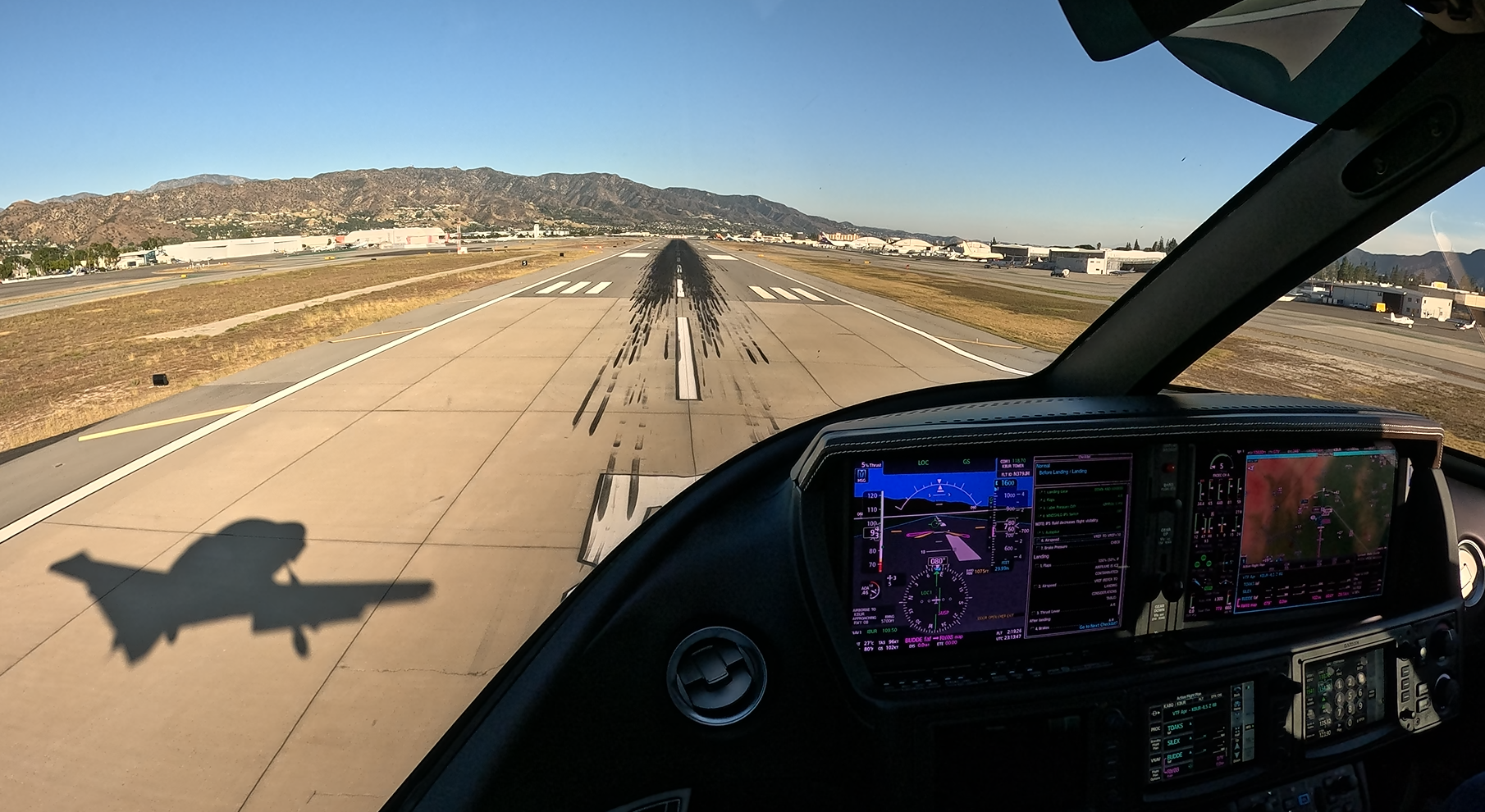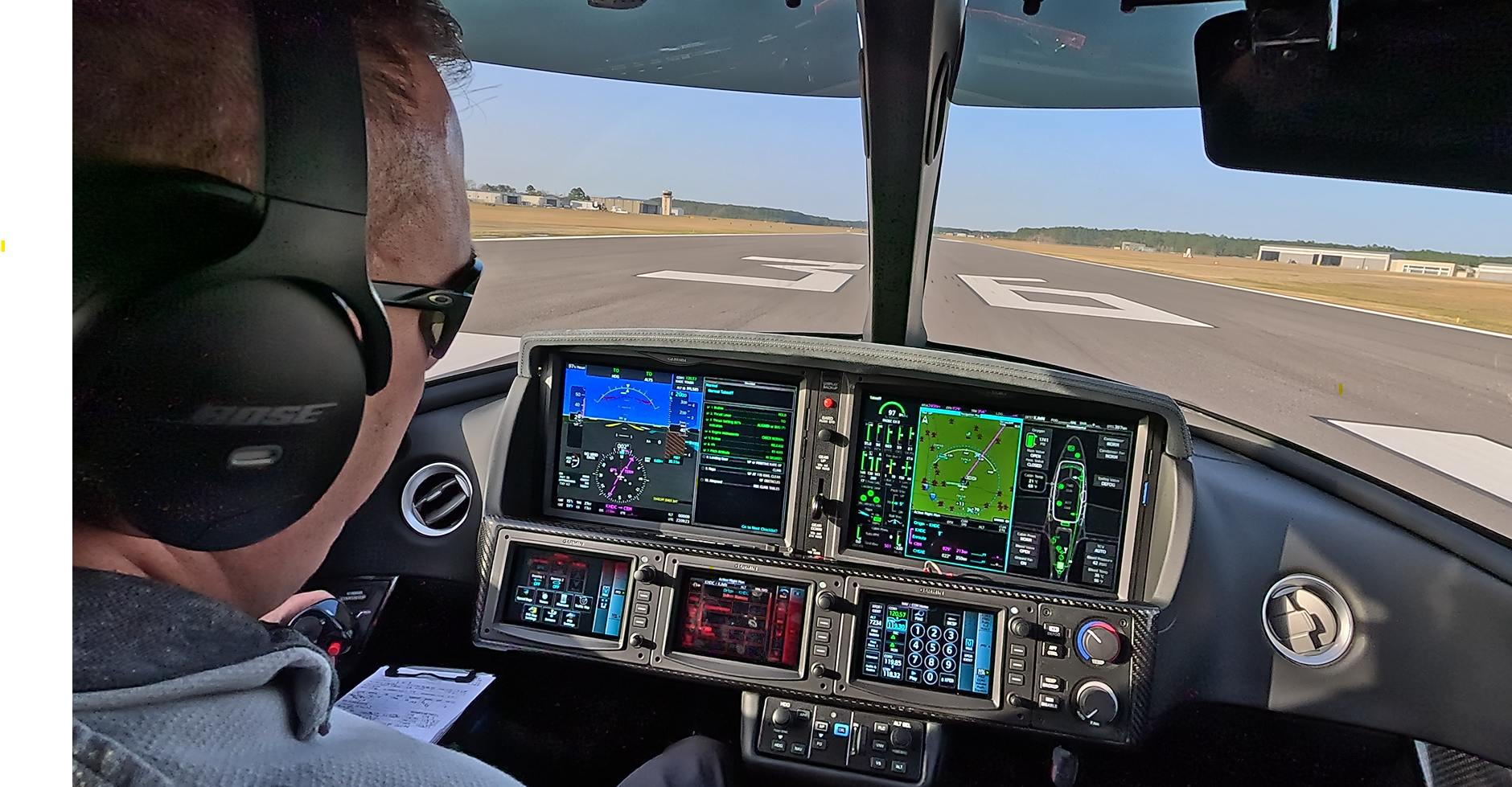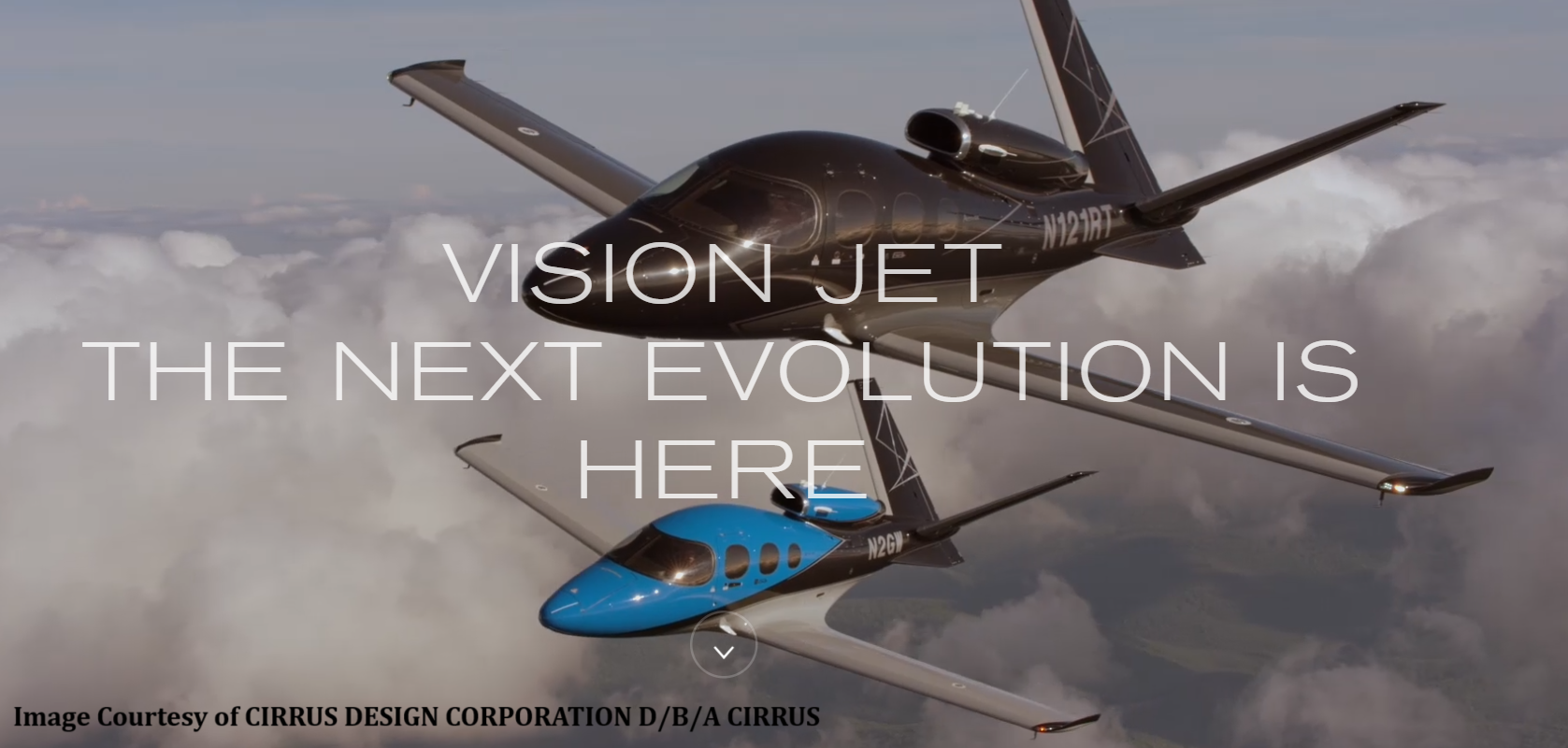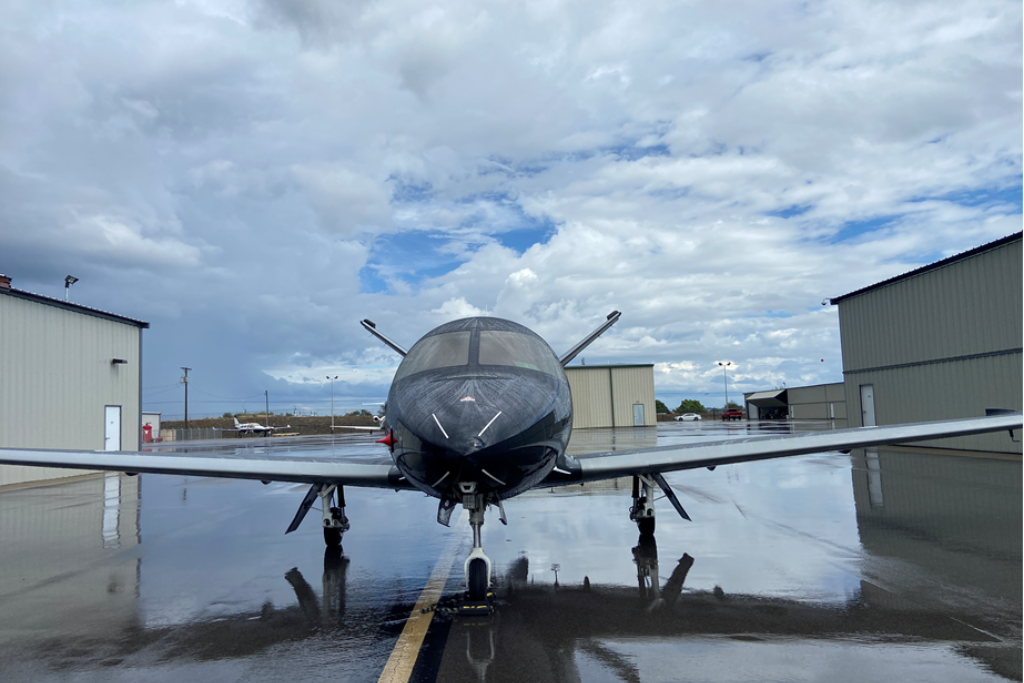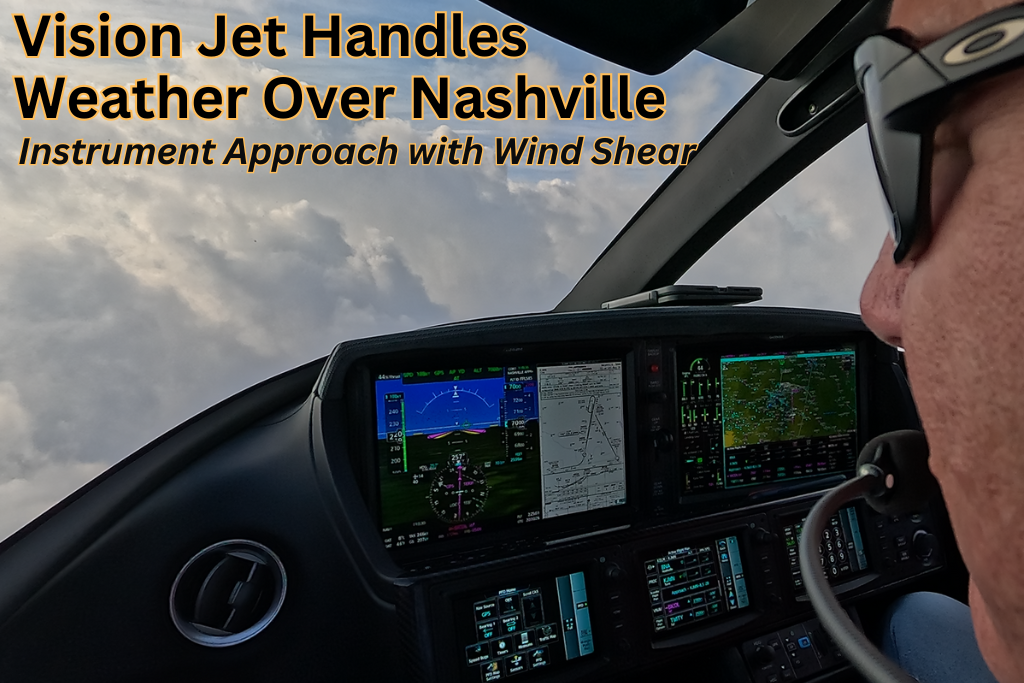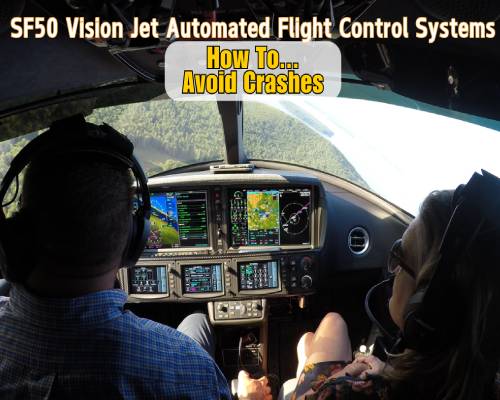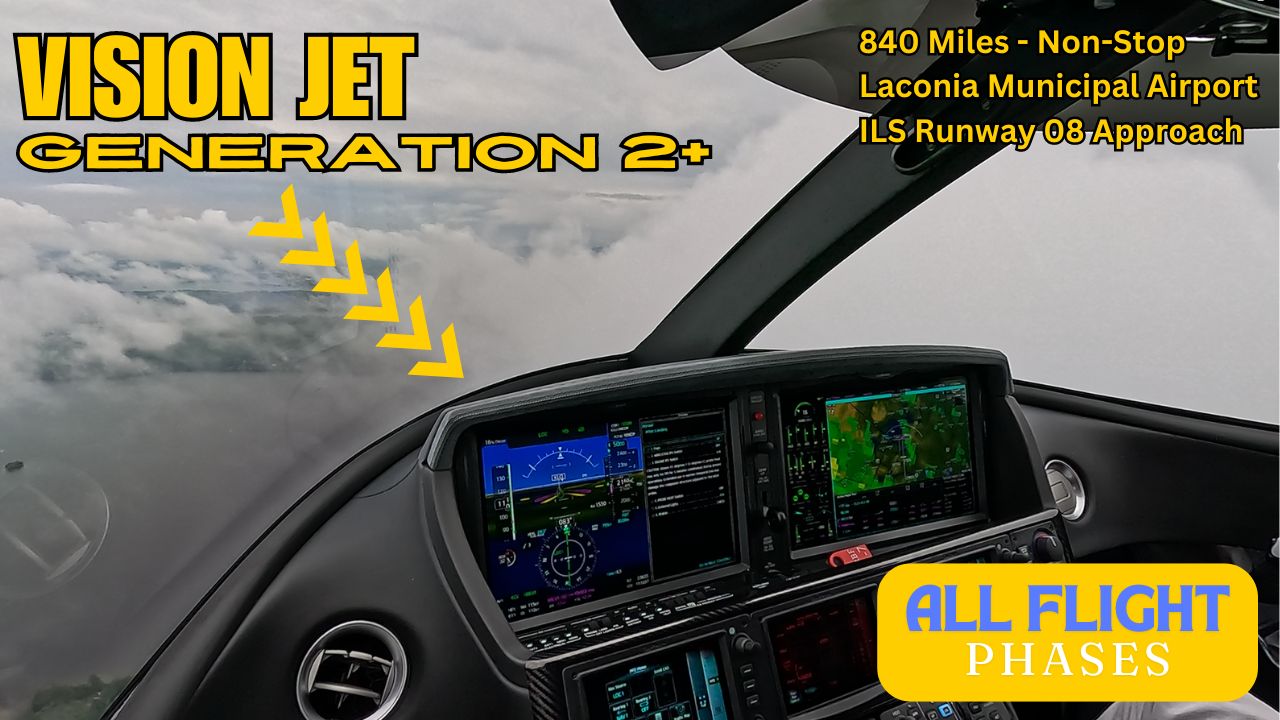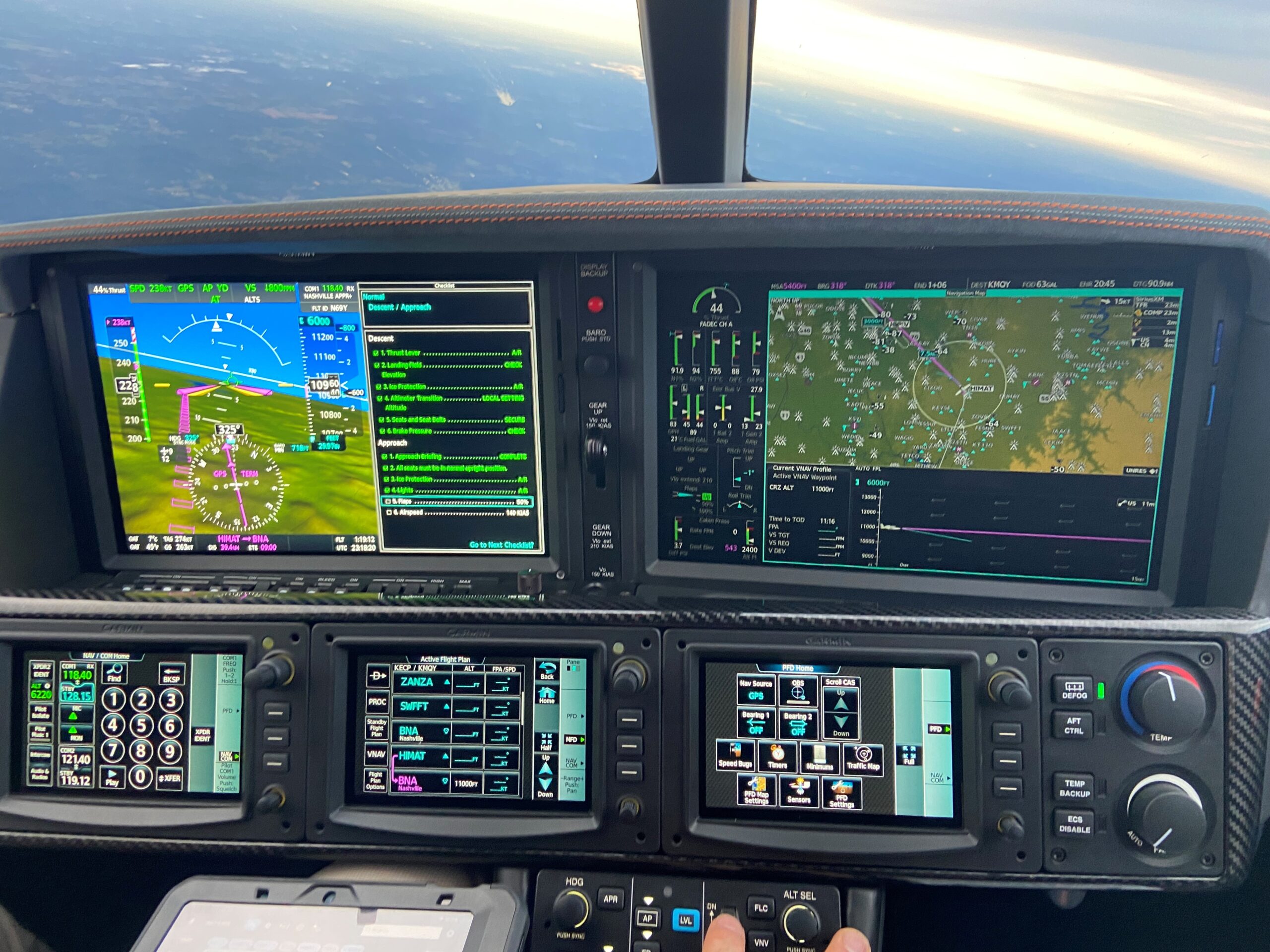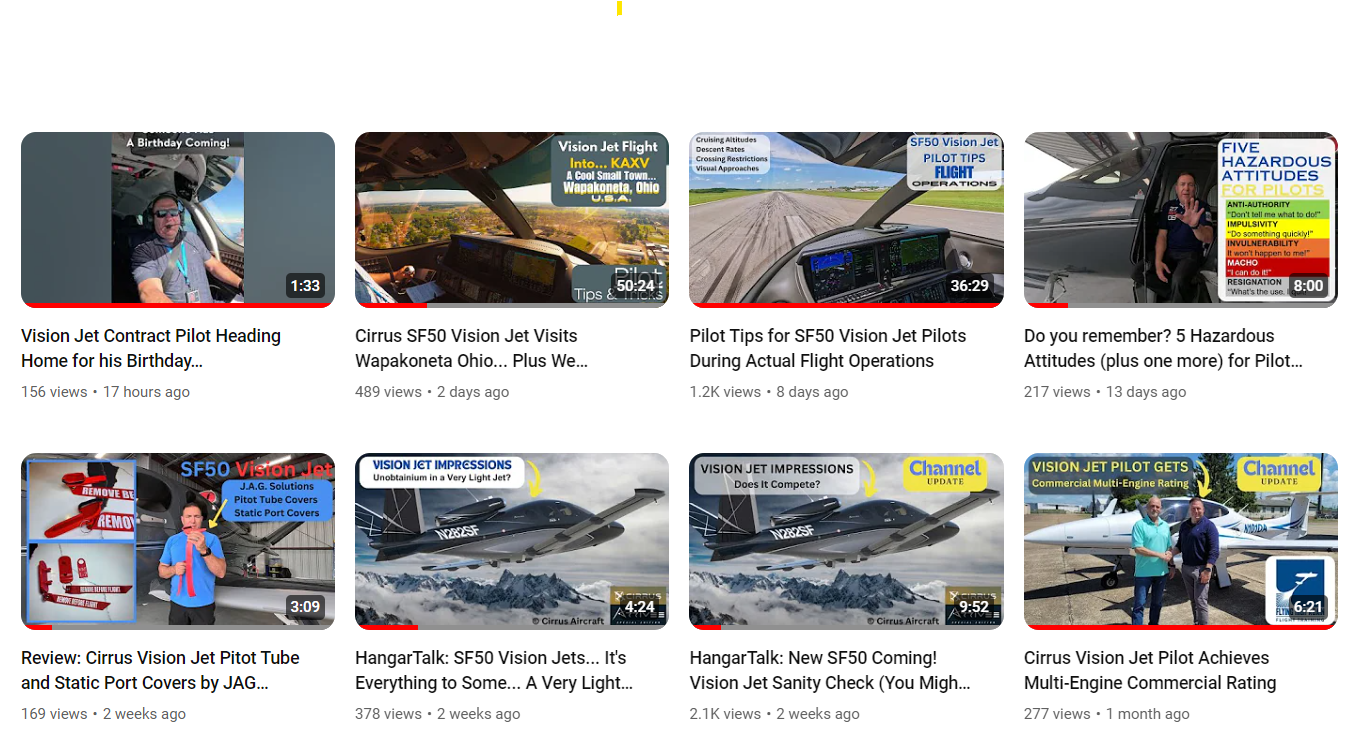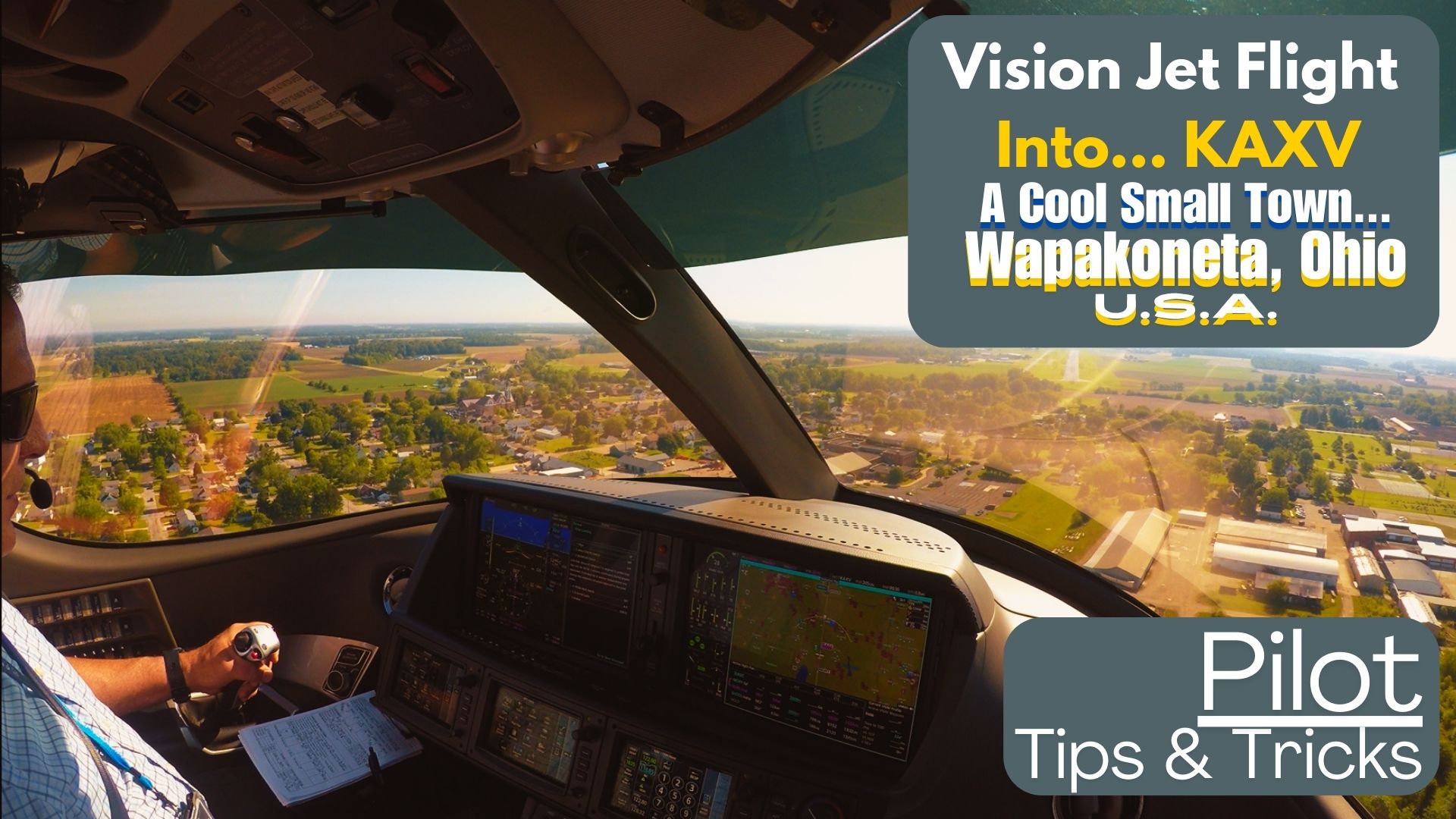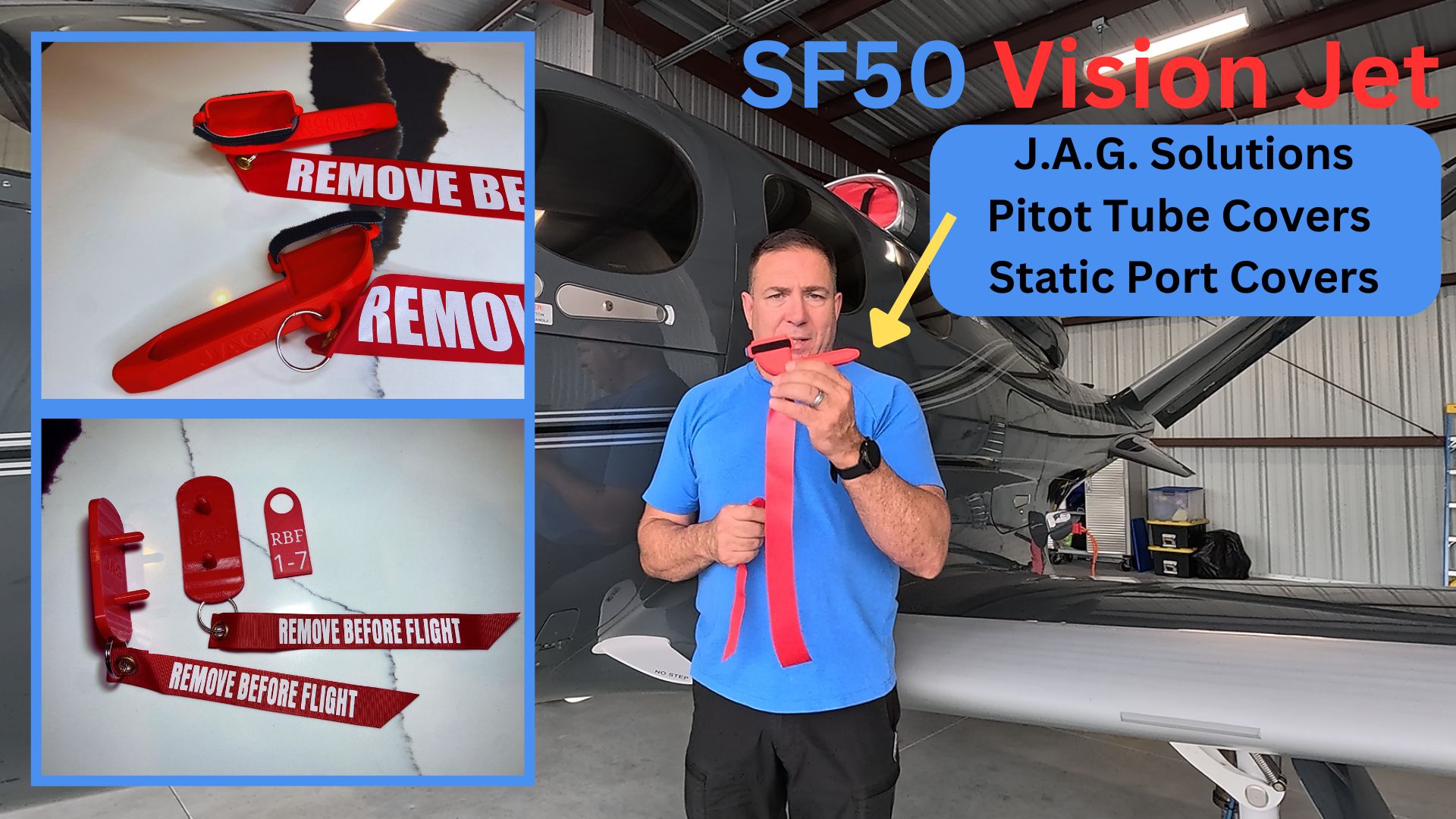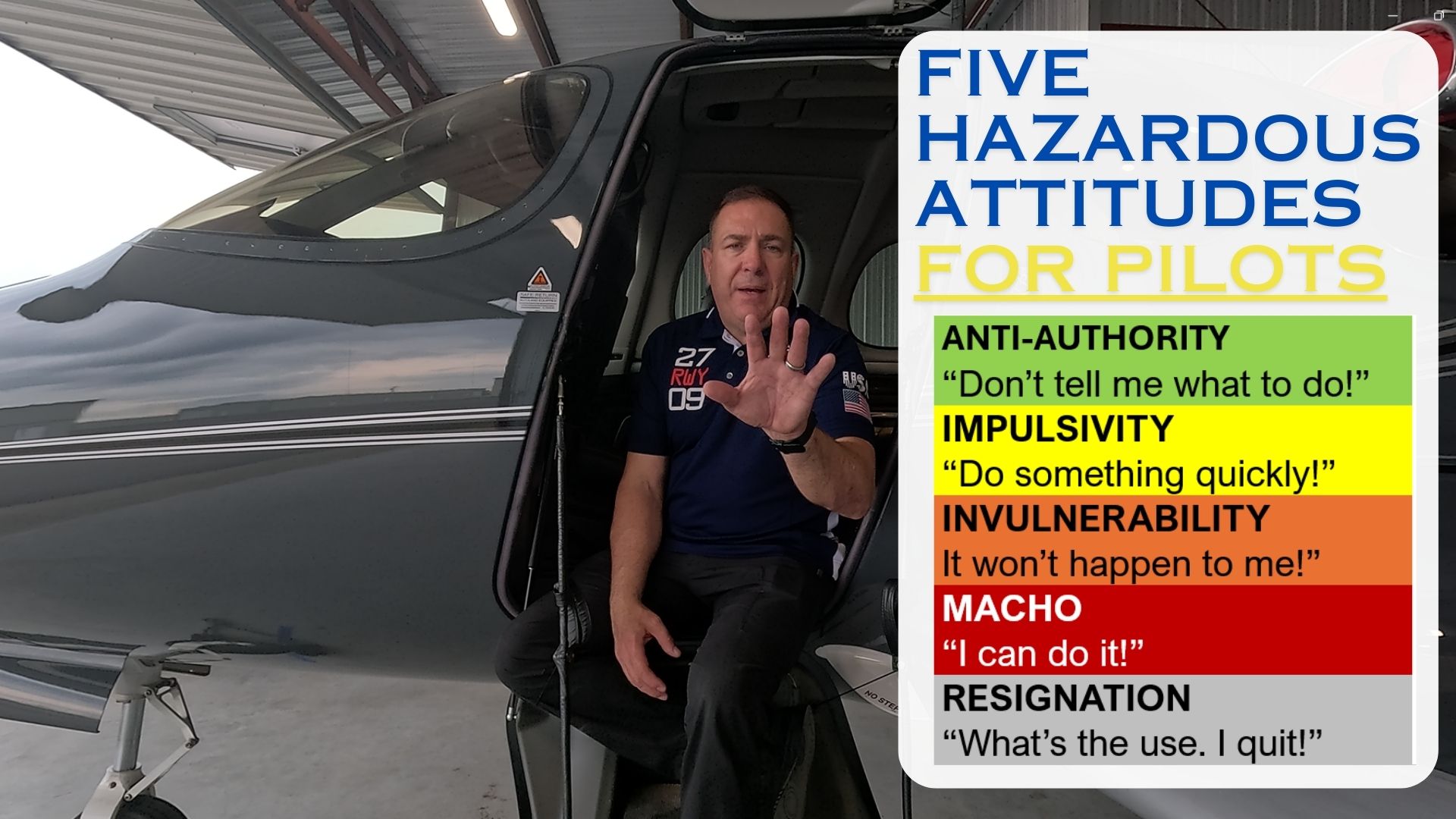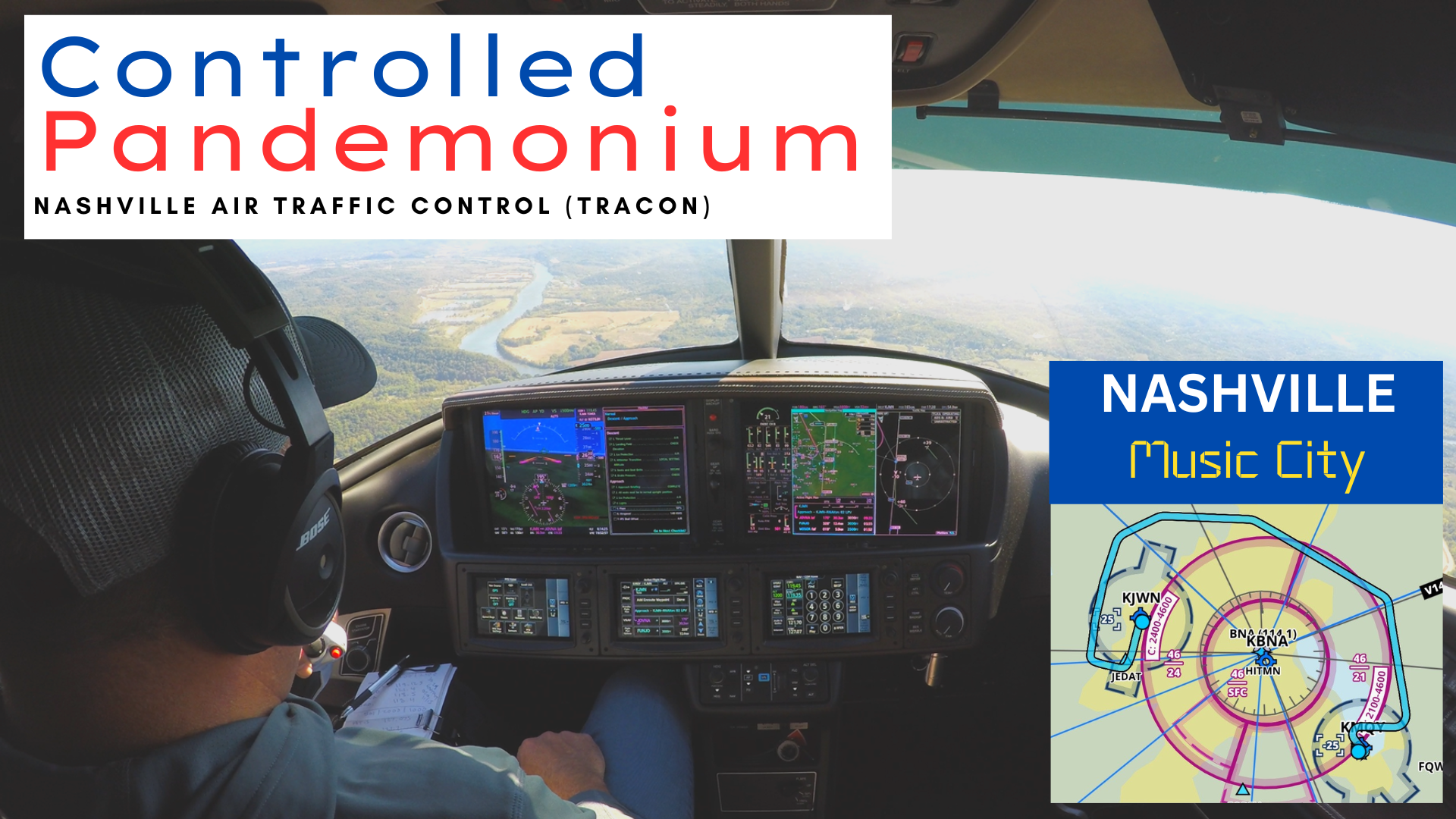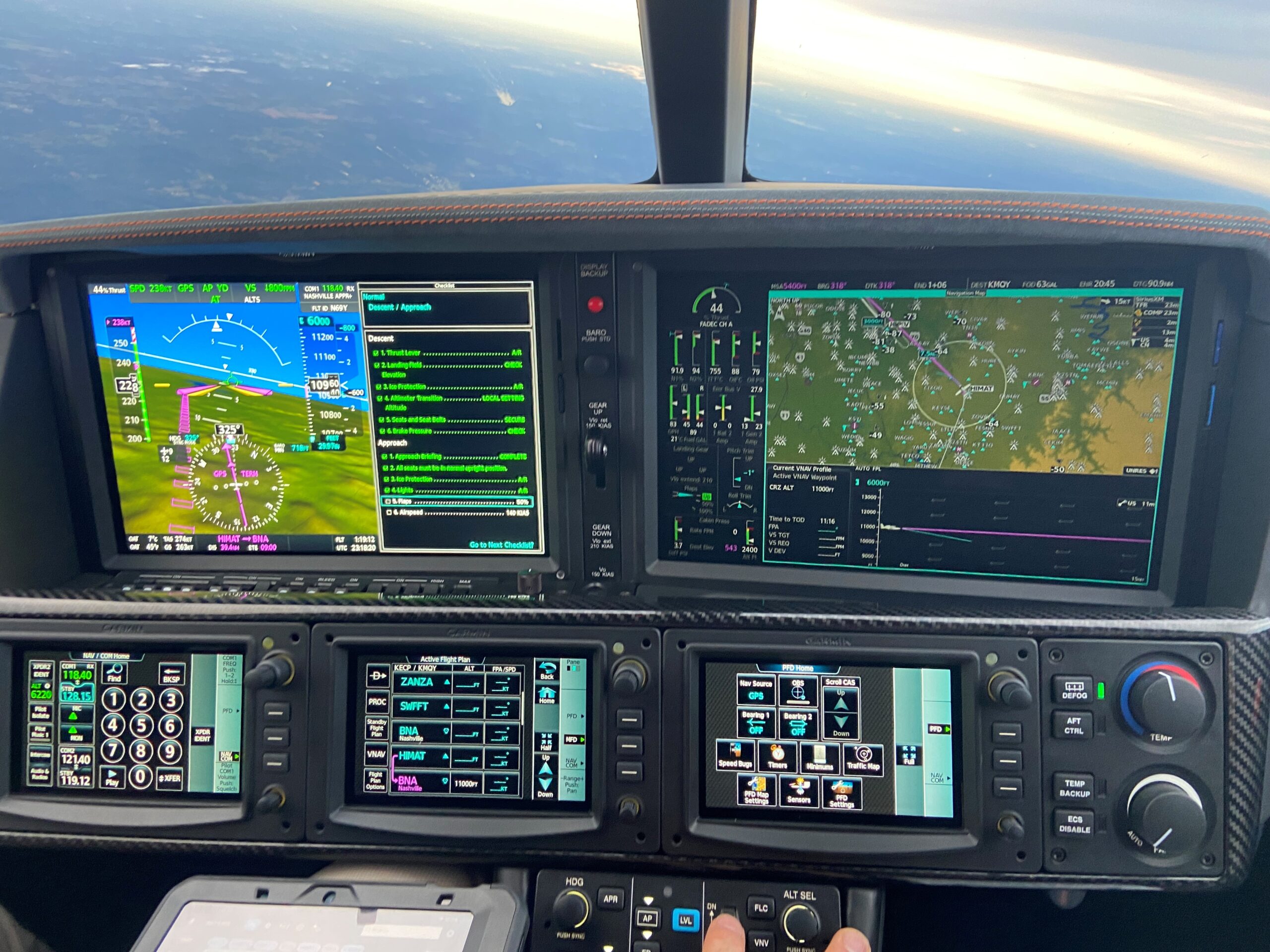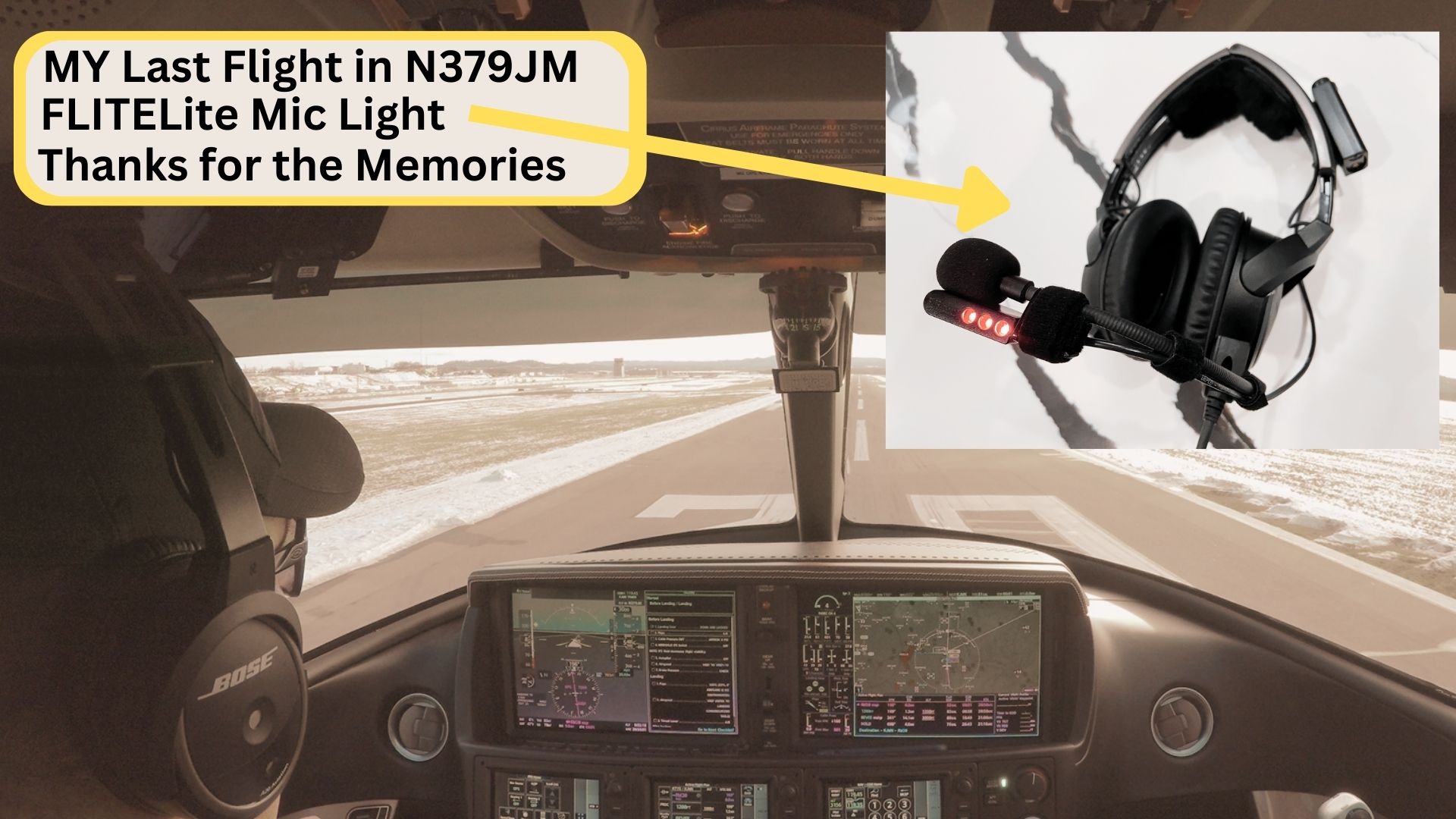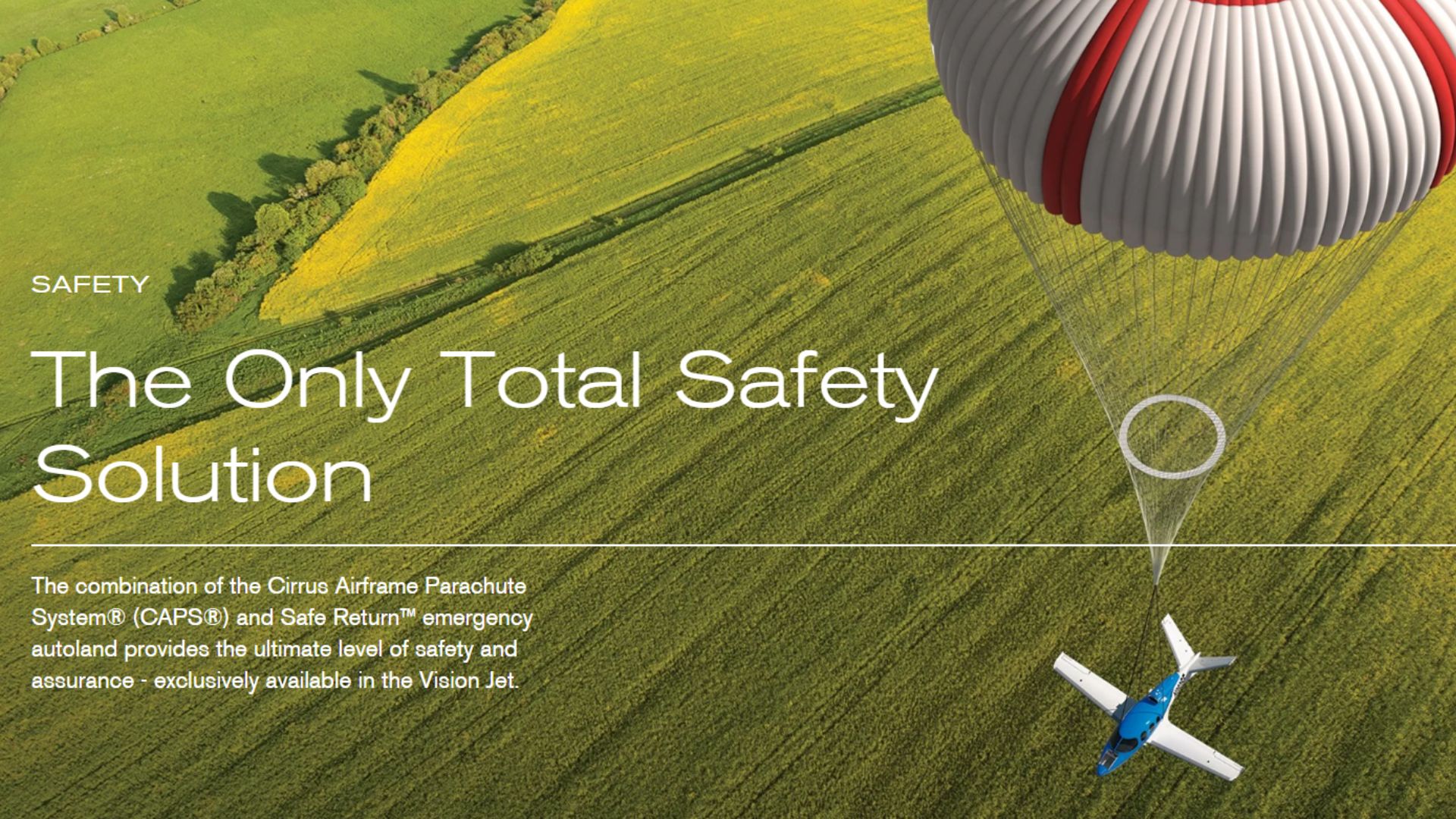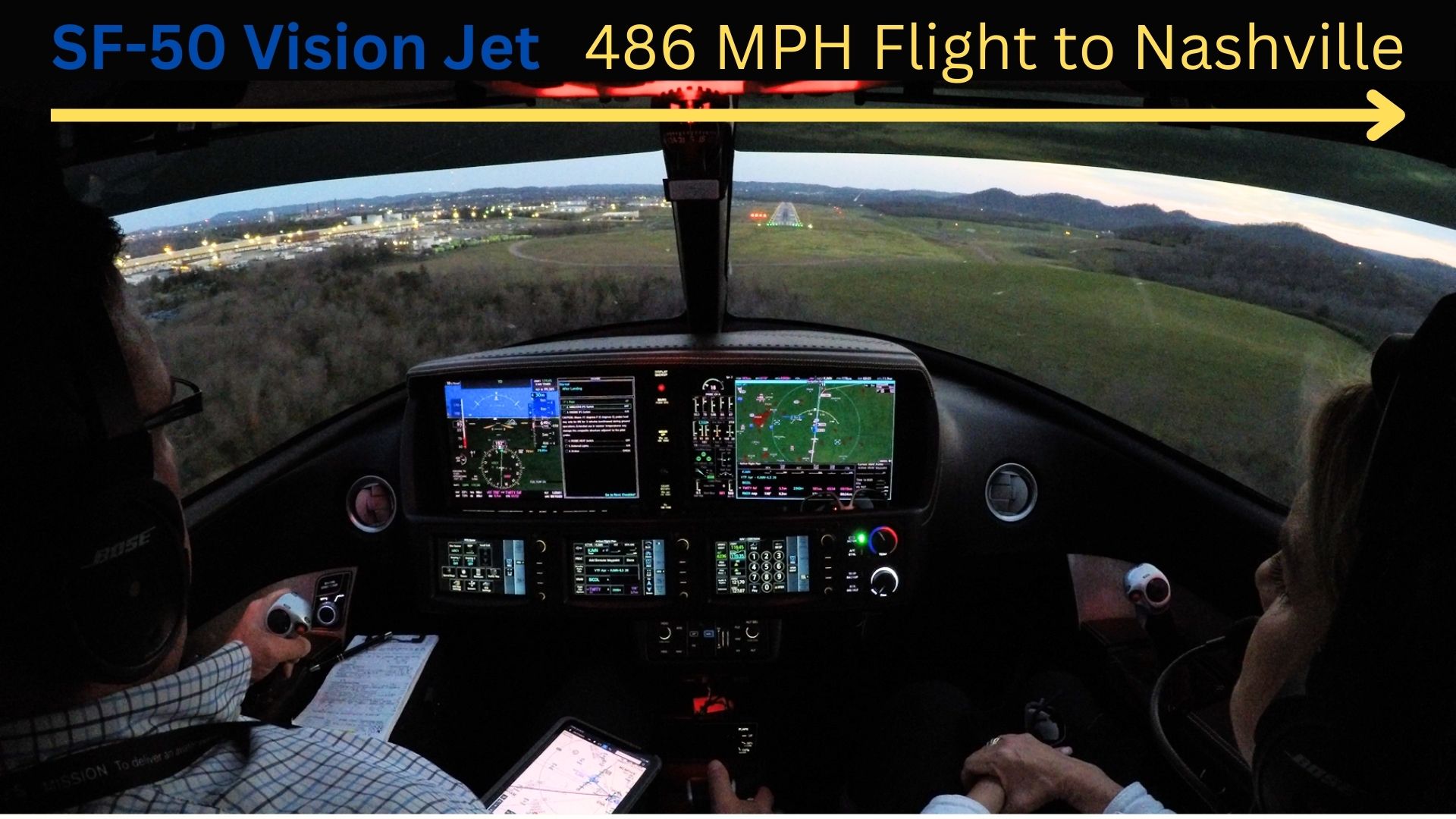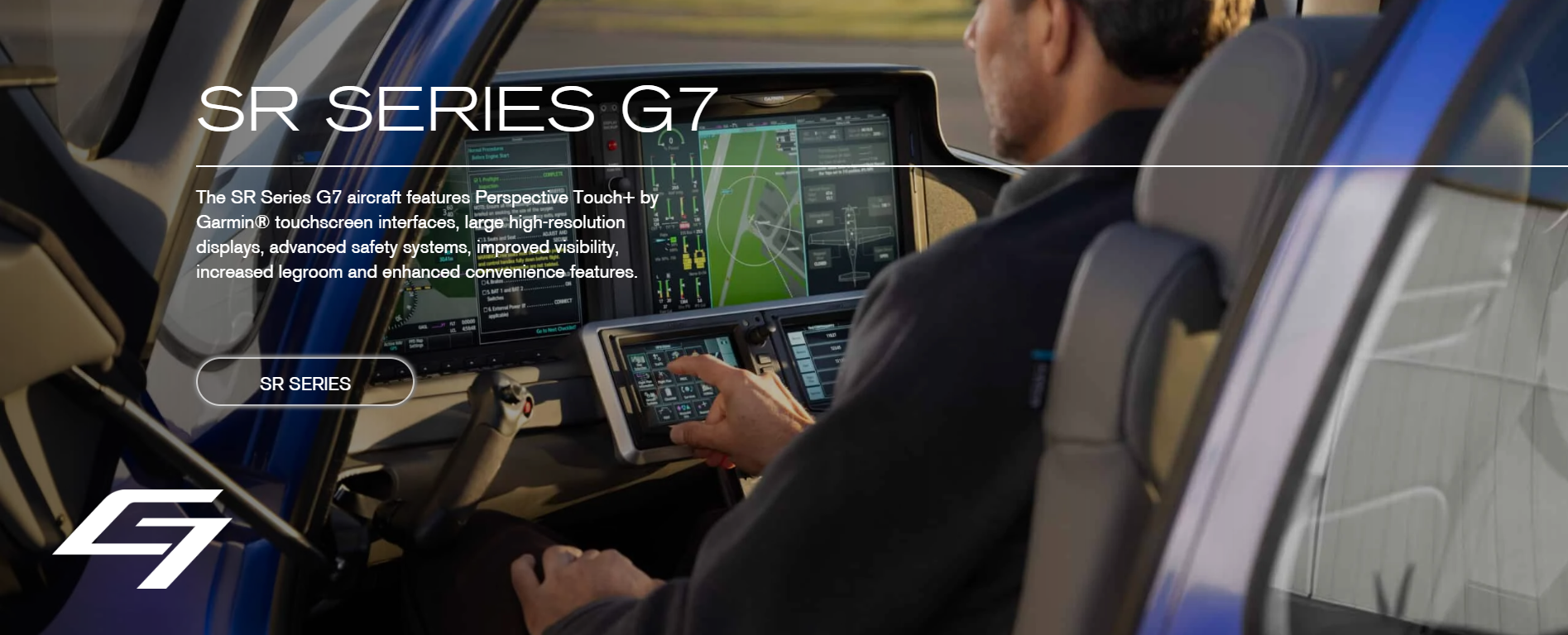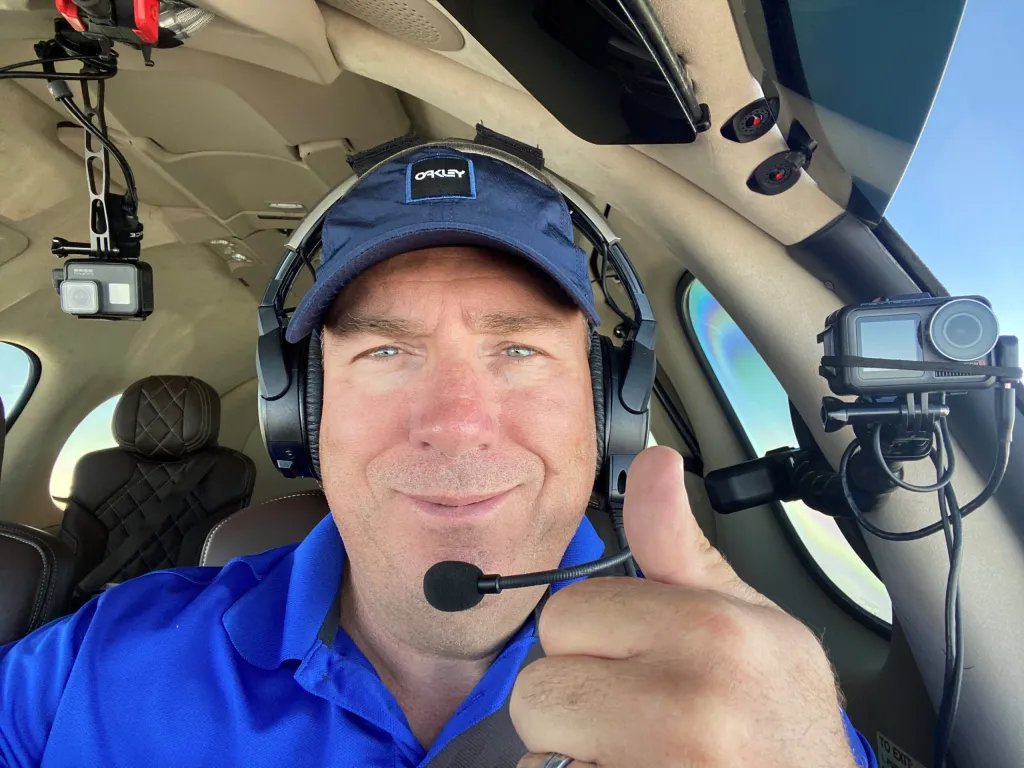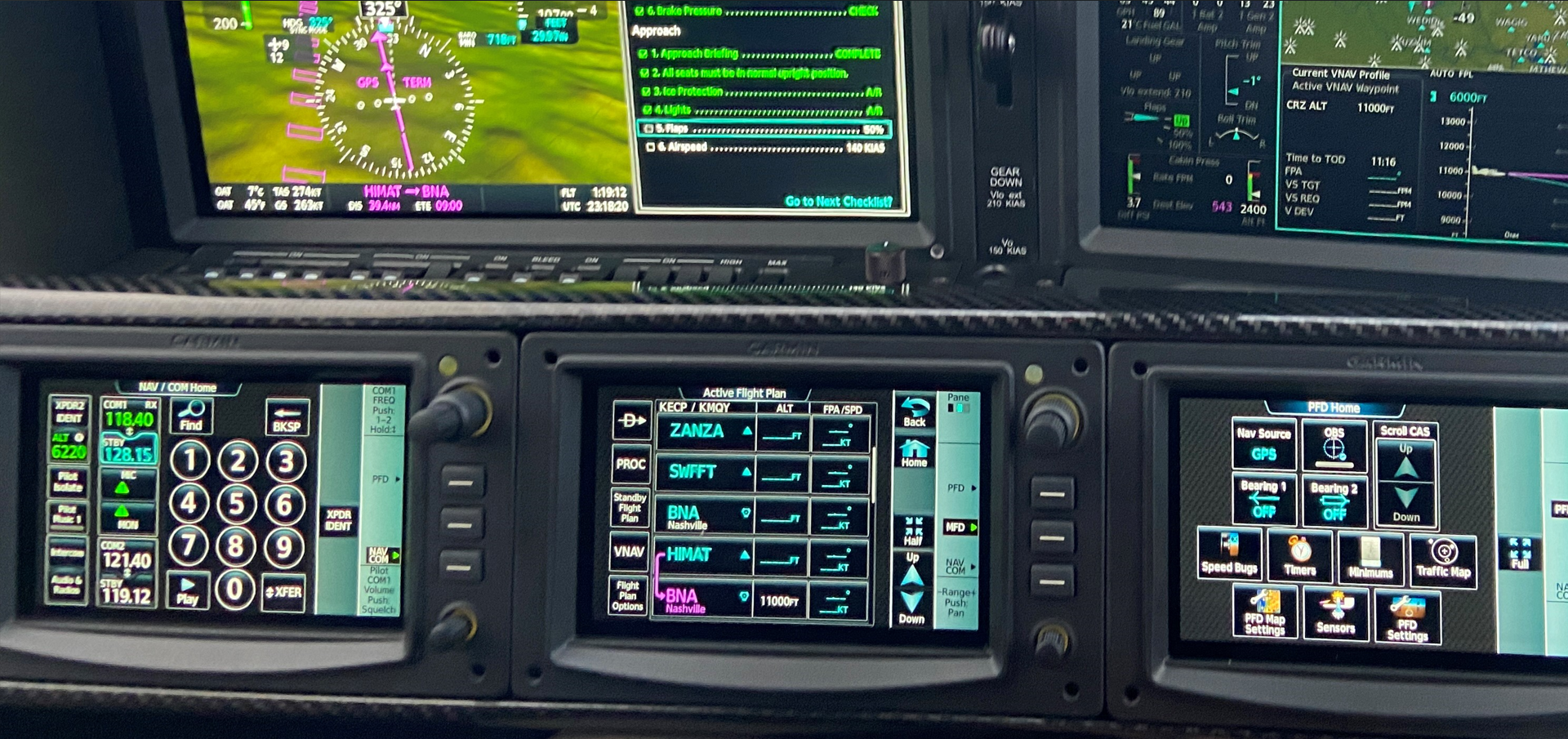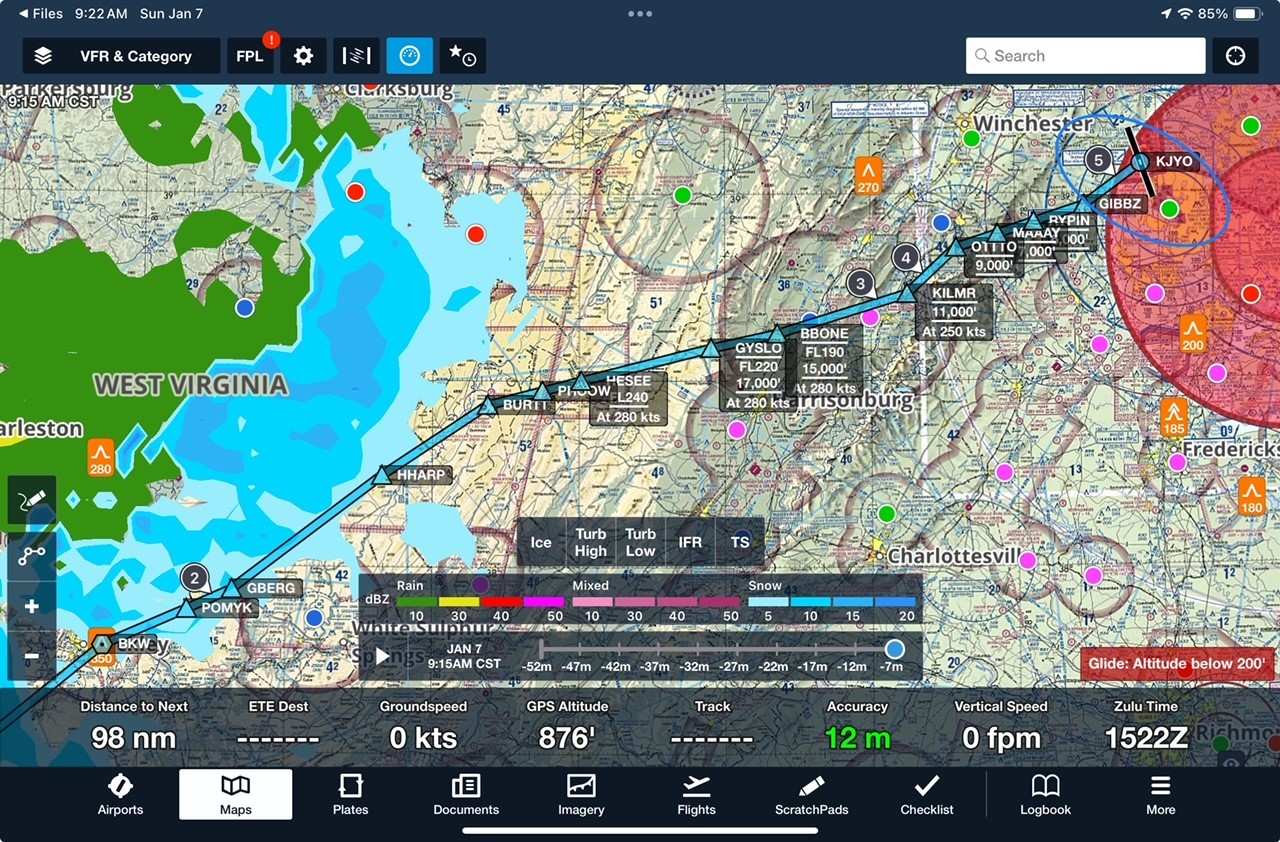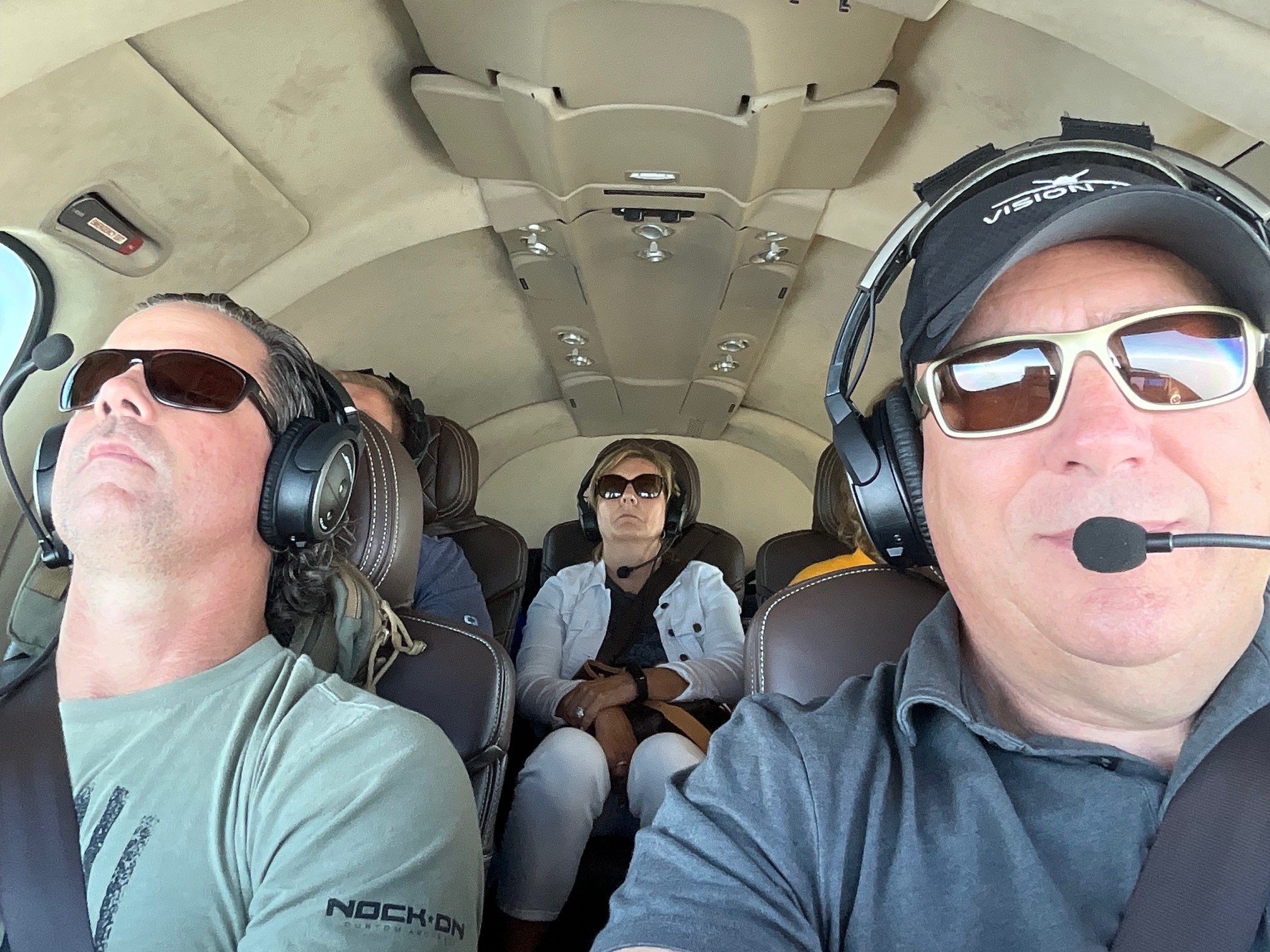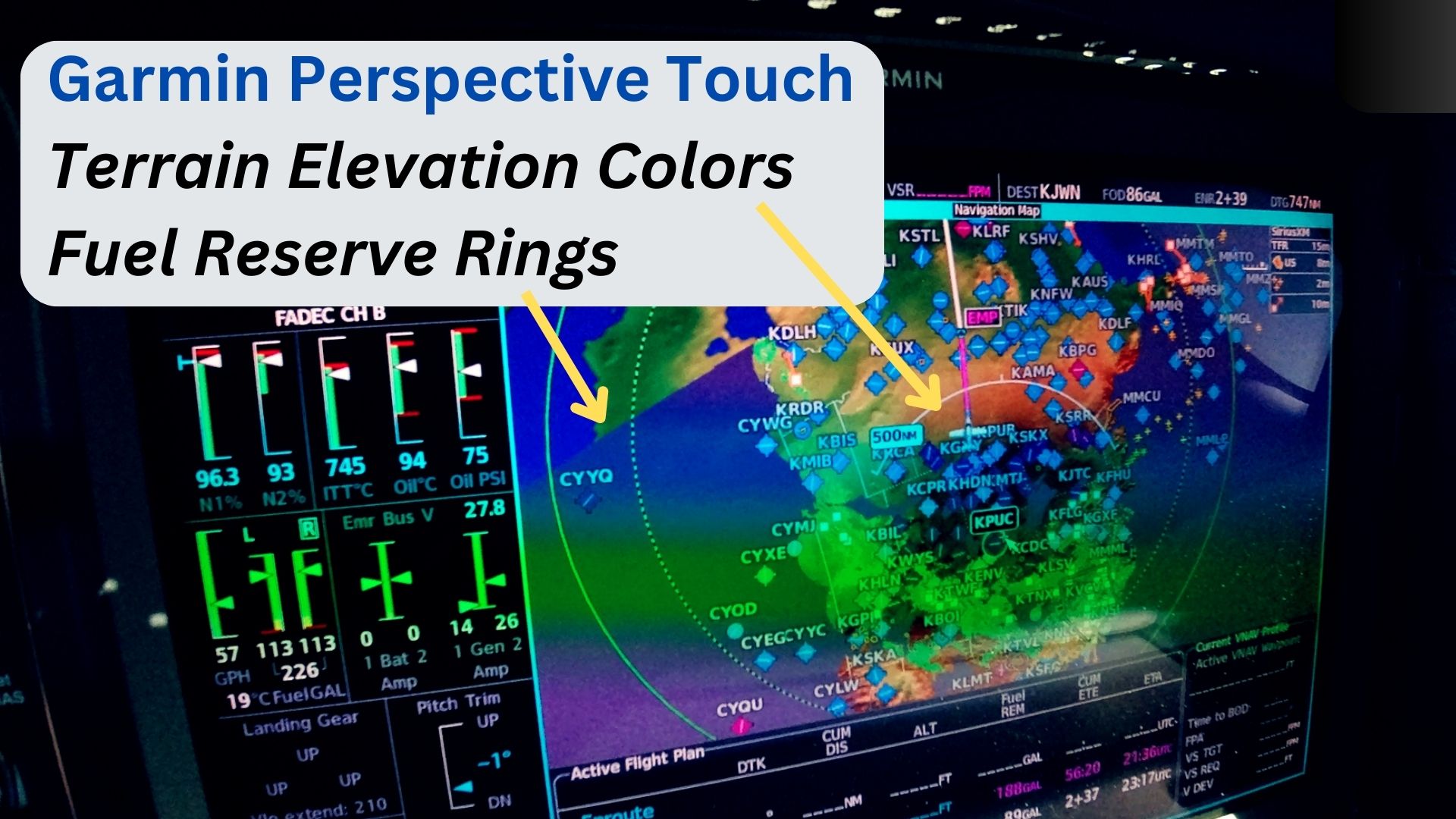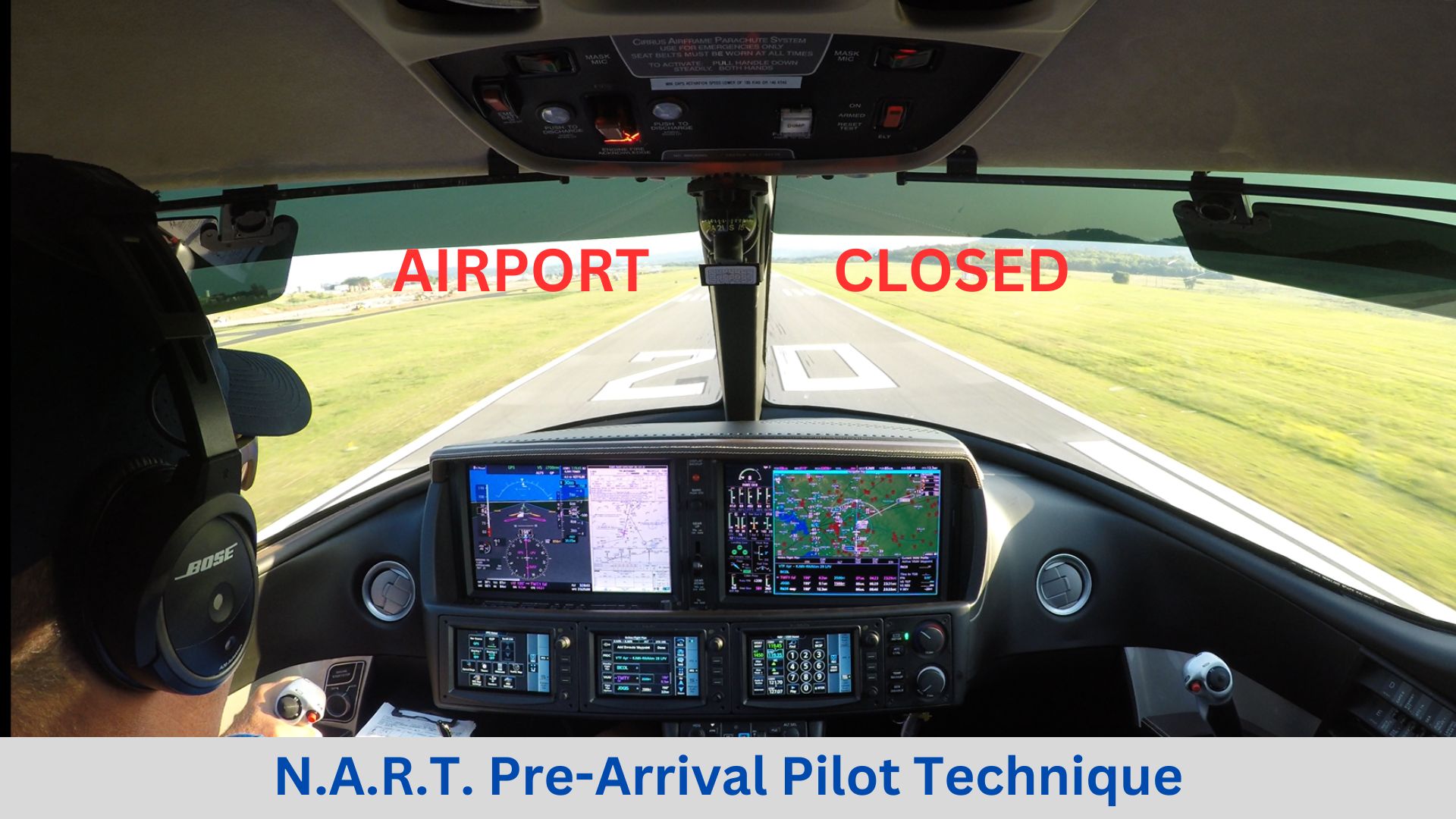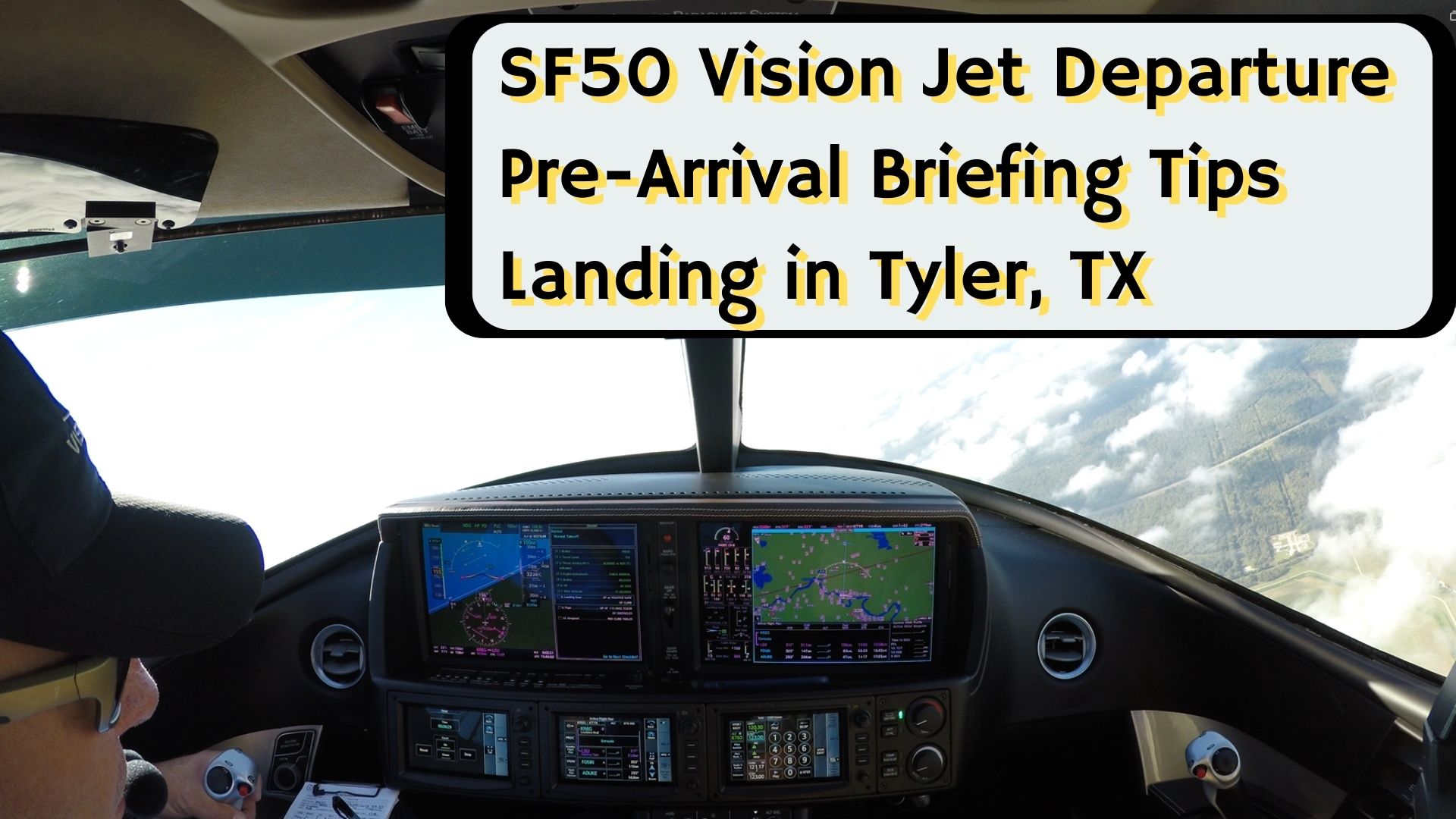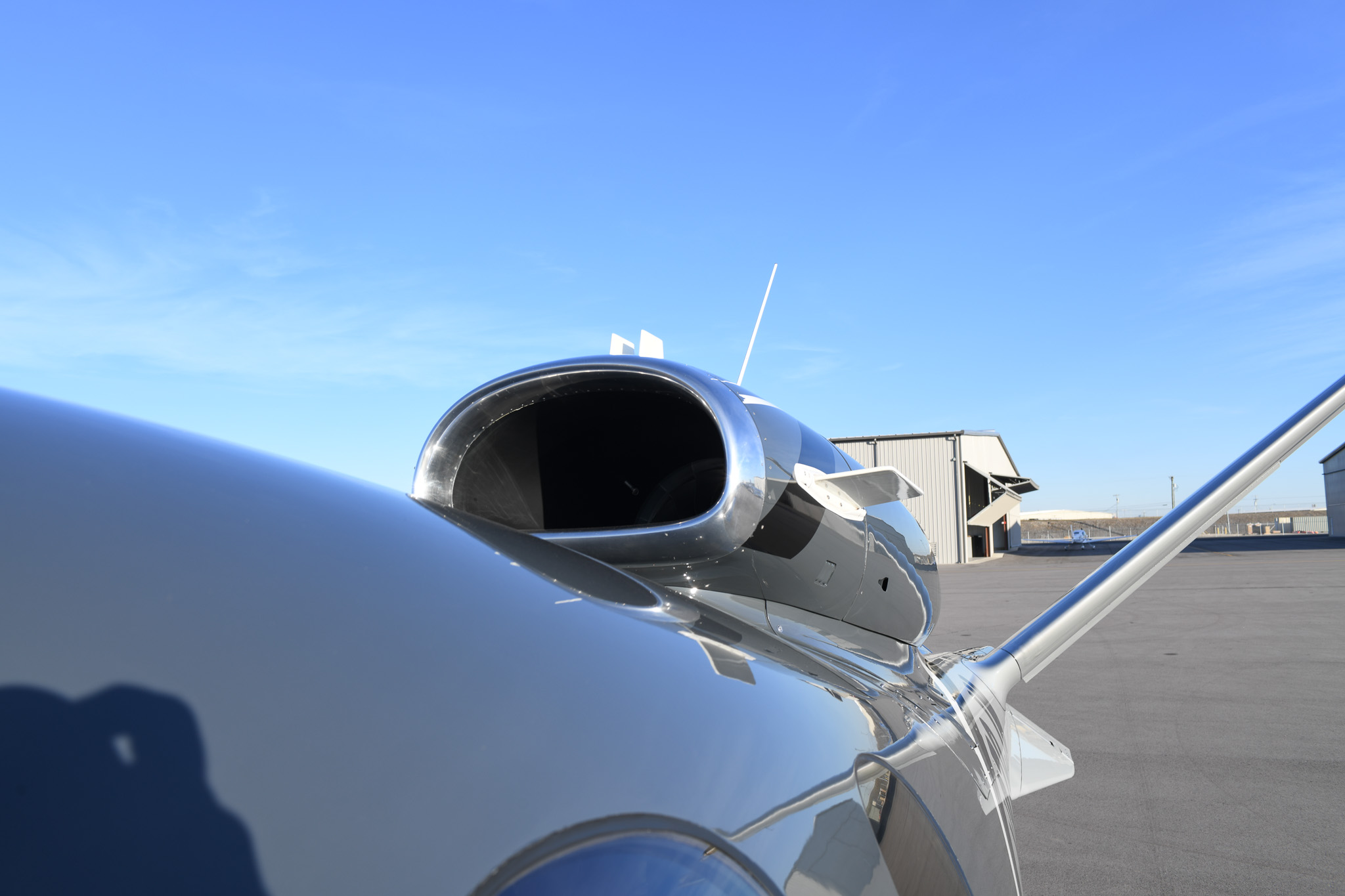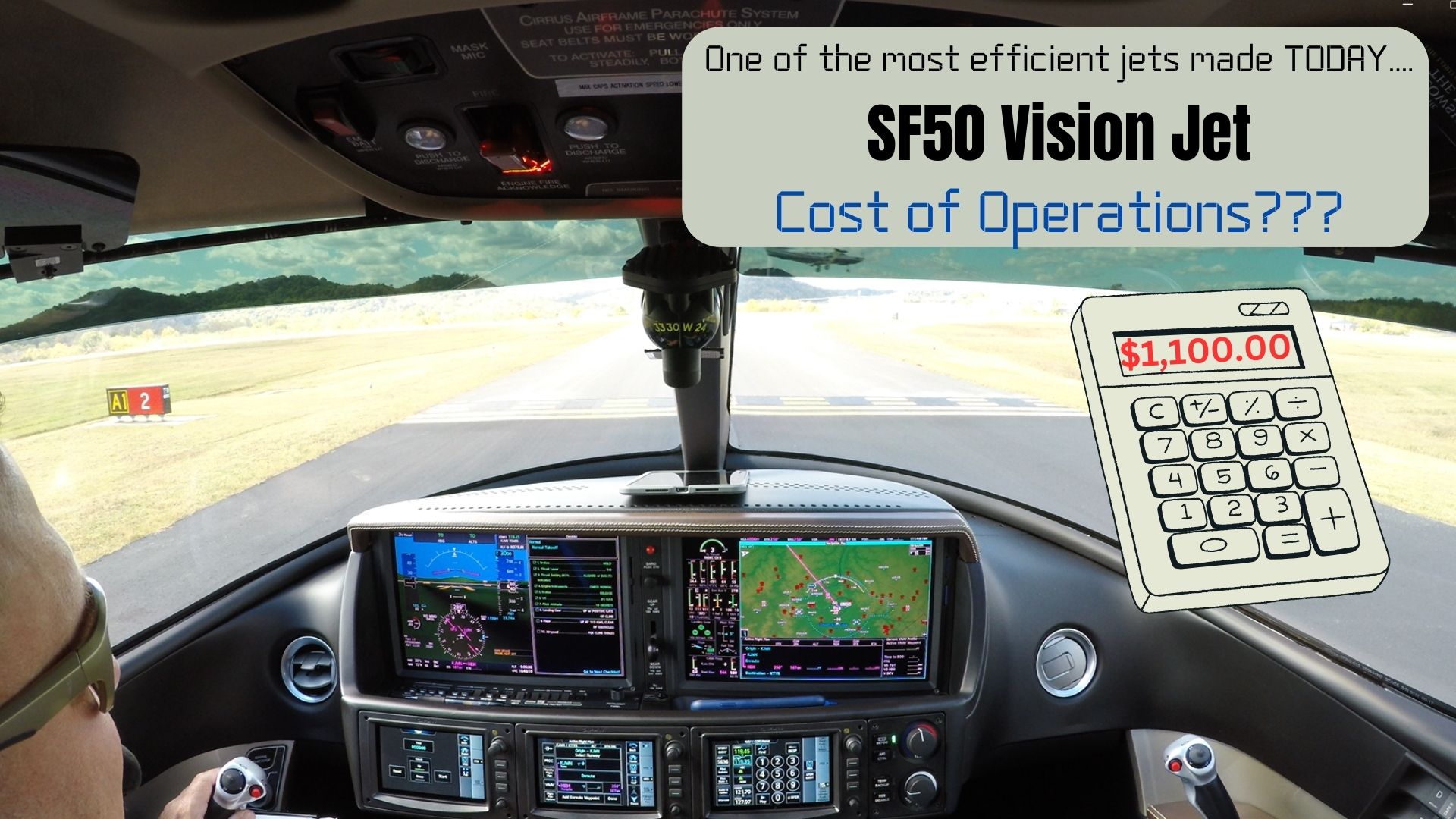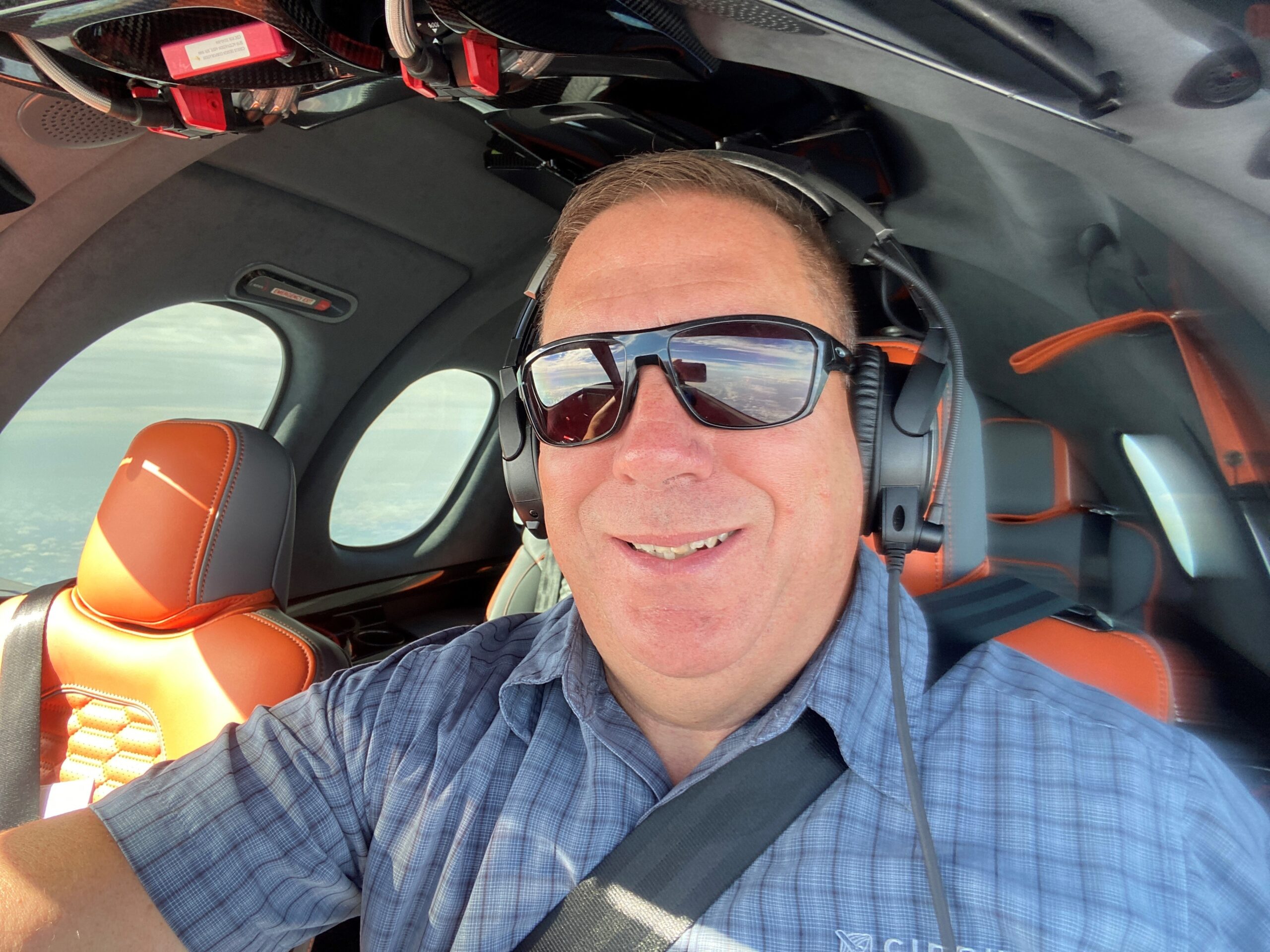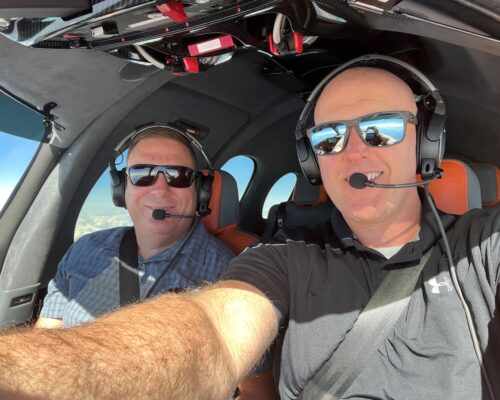Best Practices for Avoiding Complacency
Avoiding complacency when flying a highly capable and technically advanced airplane (TAA) begins with a comprehensive approach to preflight planning and risk assessment for EVERY flight. We included a links below to download a copy of the 3-P process.
One popular and comprehensive Aeronautical Decision Making Process (ADM) is the 3-P process. Simply following the checklist during preflight planning.
PERCEIVE, PROCESS and PERFORM…
STEP 1: Perceive… Hazards
PAVE Checklist
1. Pilot
IMSAFE Checklist – Illness, Medication, Stress, Alcohol, Fatigue and External Factors/Emotions
2. Aircraft
AAVIATES Checklist – Airworthiness Directives, Annual Inspection, VOR Check (30 Days), 100 Hour Inspection, Altimeter Inspection (24 months), Transponder Test (24 Months), ELT Inspection (12 months), Static System Inspection (24 months),
3. EnVironment
NWKRAFT – NOTAMS, Weather, Known ATC Delays, Runway Environment Conditions, Alternates, Fuel Requirements and Takeoff and Landing Data
4. External Factors: Pressures, attitudes, and stresses.
STEP 2: Process… Hazards
CARE Checklist
1. Consequences
2. Alternatives
3. Reality
4. External Factors
STEP 3: Perform…
TEAM Checklist
1. Transfer Hazards
2. Eliminate Hazards
3. Accept Hazards
4. Mitigate Hazards
By completing the 3-P process, pilots PERCEIVE, PROCESS and PERFORM in relationship with potential hazards they might encounter during each and every flight. Making this part of your preflight planning and preparation will enhance your safety, enhance situational awareness and help you avoid complacency.
Aeronautical Decision Making (ADM) has Three Phases:
a. Preflight: Collect, analyze, process all information relevant to the safe outcome of the flight to make a thoughtful go or no-go decision.
— Previous luck, good fortune, skills, and success of any previous flight will never dictate the outcome of your current flight, or any future flights for that matter. Watch for Normalization of Deviance. Normalization of deviance is a phenomenon where people or groups become accustomed to a deviation from standard operating procedures (SOP) and no longer consider it deviant.
b. Inflight: Actively review automation, in flight resources, information and performance during flight conditions.
— Compare real-time information with preflight planning information and process changes.
— Decide what actions should be taken, if any.
c. Post Flight: Review your preflight ADM, inflight ADM, decisions, actions, results, and outcomes to find opportunities to learn and advance in ADM reliability.
